SOLUTIONS AND SERVICES
do you have a project we can help with?
EPC AND SYSTEM INTEGRATION OF TECHNOLOGICAL SOLUTIONS FOR ENERGY
THE EPC BUSINESS TURNKEY
The development process for the construction of photovoltaic systems includes 5 distinct phases:
1. SITE IDENTIFICATION
Identification of sites / areas for the installation of a SPV photovoltaic system or branch to manage the construction sites of photovoltaic systems, obligations and compliance;
2. MARKETING
Preparation of estimate and offer/bid, contract management and job order;
3. PROJECT DEVELOPMENT
Preparation of the documentation needed to obtain the administrative authorisations. Contacts with the local grid operator to commence the procedure necessary to secure grid connection, management of the local contents;
4. PV PLANT CONSTRUCTION
Preparation of: final design; materials planning and procurement; warehousing and receipt of goods; construction and installation activities; grid connections and final fulfillments;
5. REMOTE CONTROL AND MAINTENANCE
Installation of terminal unit systems which allows TerniEnergia Progetti to control remotely the PV plants, maintenance contracts, customer service.
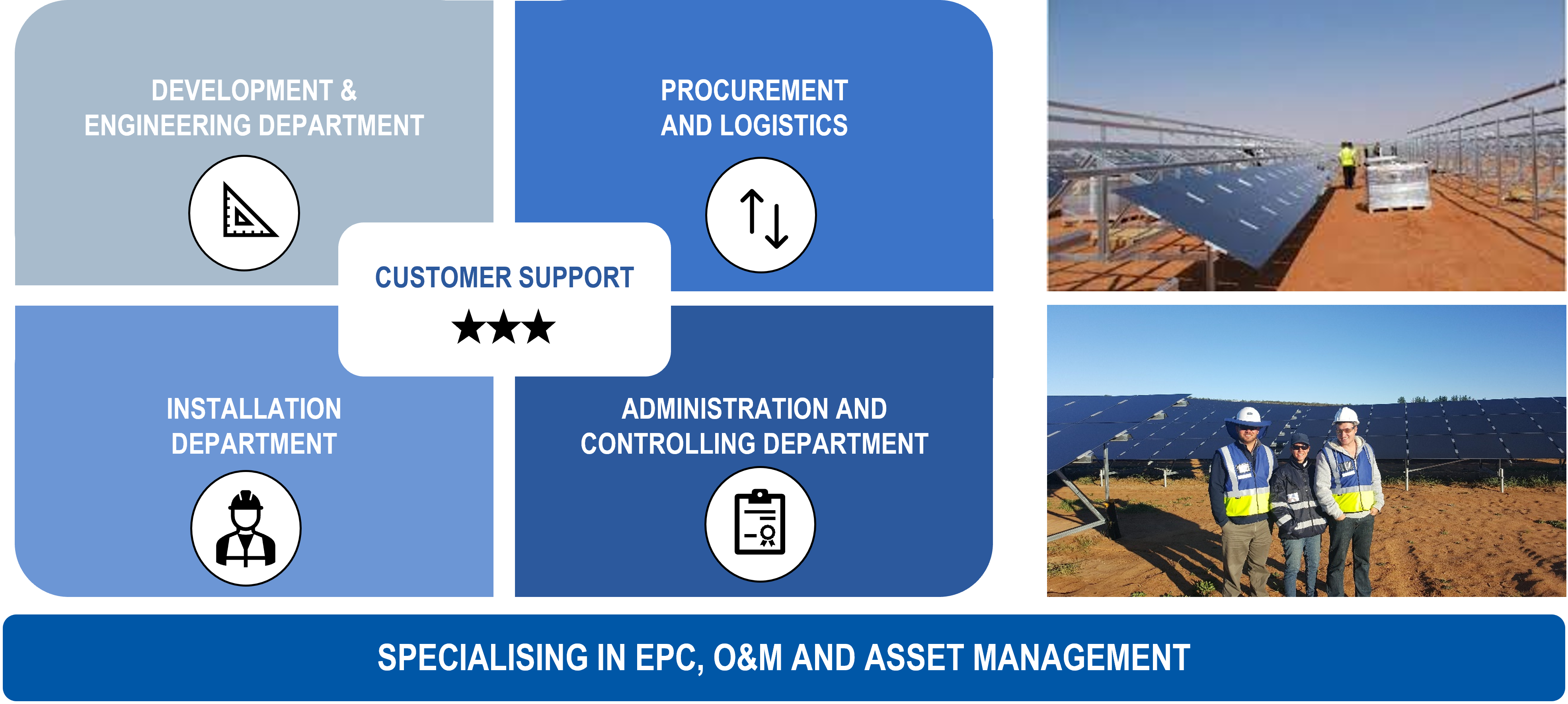
BUILDING INFORMATION MODELING (BIM) lowers risks and increases the reliability of the business
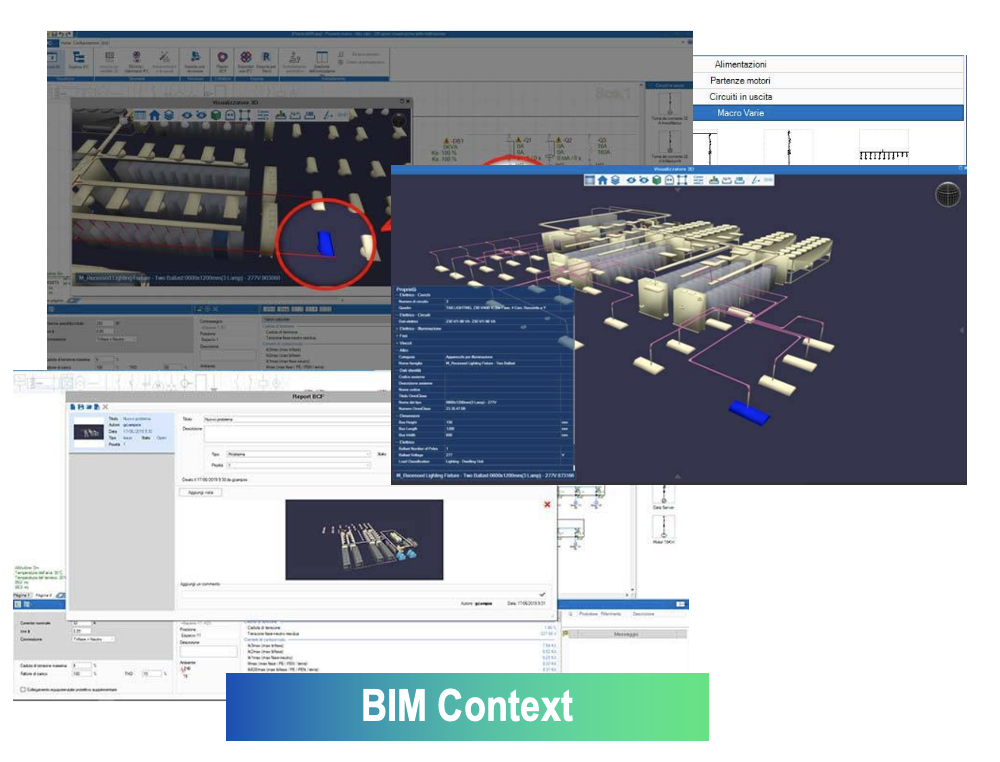
- GREATER DESIGN ACCURACY
Through the creation of detailed 3D models and digital analyses, BIM enables more precise and accurate design. This reduces the risk of conceptual and design errors at an early stage and avoids costly changes during construction.
- CONFLICT PREVENTION
BIM facilitates the early detection of conflicts between the different components of a project. By identifying these conflicts digitally, they can be prevented from occurring in the field, saving time and money.
- MORE ACCURATE COST MANAGEMENT
BIM helps to estimate and manage costs more accurately. This is essential to avoid financial consequences and to ensure that a project runs within budget.
- TIME OPTIMISATION
BIM enables better planning and management of the project schedule. This reduces the risk of delays and allows crucial deadlines to be met.
- REDUCTION OF ERRORS IN THE FIELD
With a detailed BIM model, the work is more accurate and the risk of errors in the field is reduced.
- REGULATORY COMPLIANCE
BIM simplifies regulatory compliance by providing accurate documentation and process traceability, which can be crucial in reducing legal risks.
- IMPROVED COMMUNICATION AND COLLABORATION
BIM facilitates collaboration and communication between all actors involved in a project. Clearer communication and better collaboration reduce the risk of misunderstandings and conflicts.
- LIFE CYCLE MANAGEMENT
BIM is not only useful during the design and construction phase, but also in the continuous life cycle management of the facility. This reduces the risk of long-term problems and simplifies the maintenance and updating of the business plan for the economic and financial control of the operation.
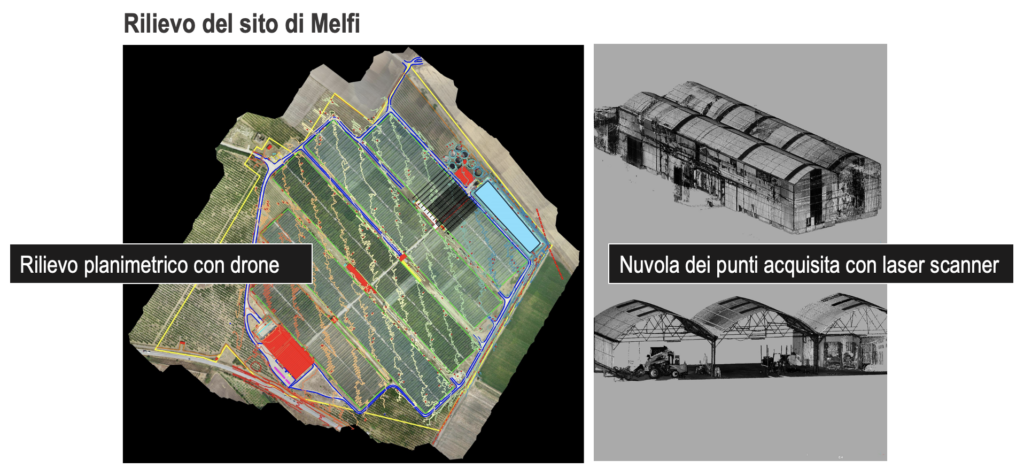
O&M: NEW CHALLENGES FOR ASSET OWNERS
- OVERCOMING THE TRADITIONAL O&M MODEL (cleaning of panels, mowing the grass, periodic checks, repair of faults);
- REDUCED BUDGETS AND OLDER FACILITIES resulting in the need to optimize the consolidation of growing local and global portfolios;
- KEY ROLE OF O&M in achieving the necessary optimization;
- SOFTWARE RECOGNIZED AS A TOOL FOR OPTIMIZATION
- ADVANCED MONITORING SYSTEMS including portfolio reporting and asset management;
- IMPROVED AWARENESS OF THE VALUE OF HIGH-QUALITY O&M (track records already exist).
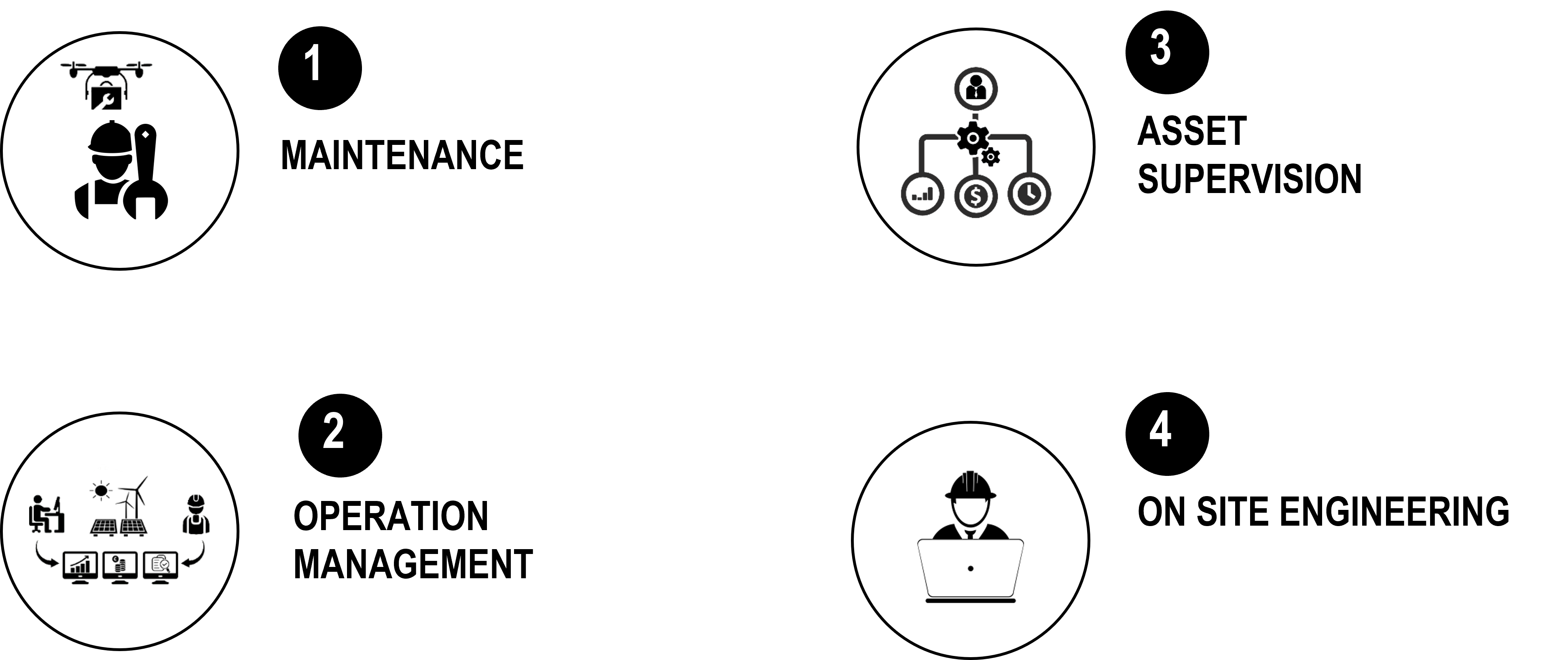

ER-PAM is the decision support system for the “performance asset management” of the latest generation renewable plants
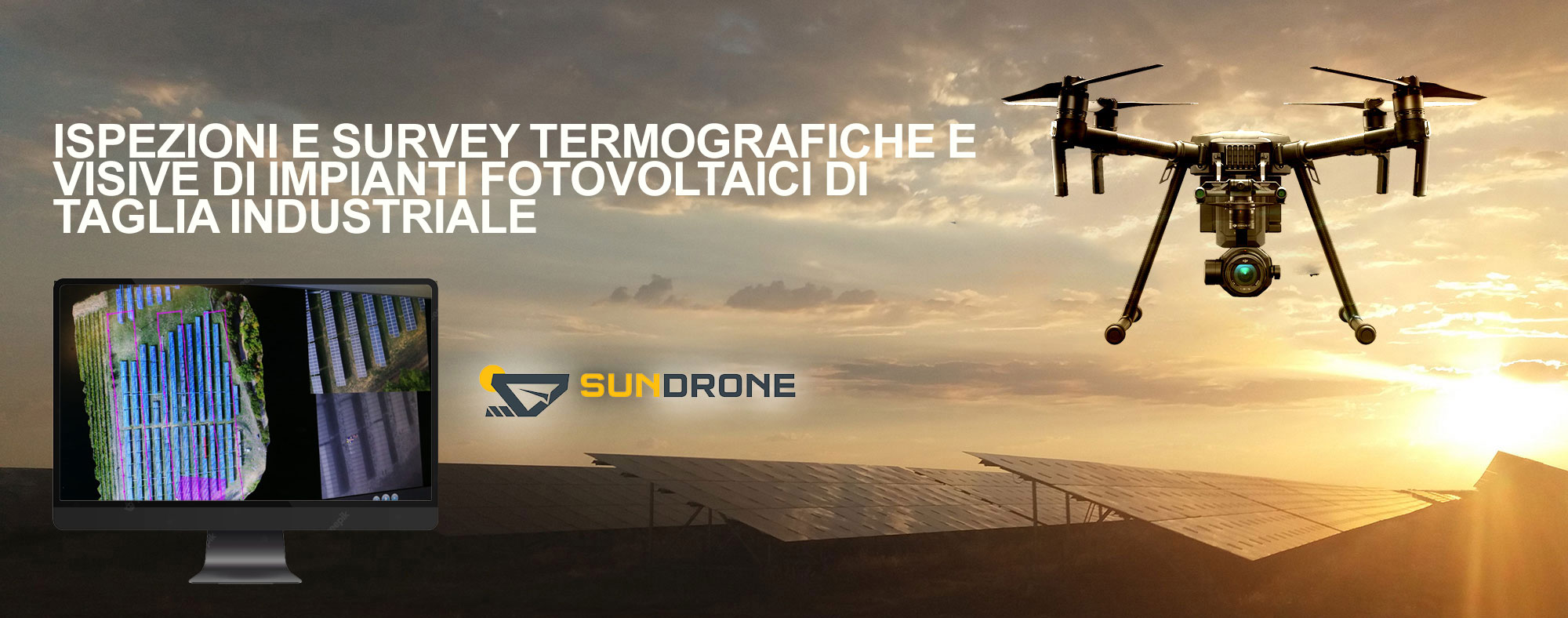
RENEWABLE ENERGY COMMUNITIES
The Renewable Energy Communities (CER) are associations between producers and consumers of energy, aimed at satisfying their energy needs through their own production, achieved through the use of renewable sources. They include:
- open and voluntary participation by shareholders located near the production plant (owned by the CER itself)
- the aggregation of individuals, SMEs, local authorities and local authorities, including municipal administrations, research and training bodies, religious bodies, third sector and environmental protection bodies as well as local administrations.
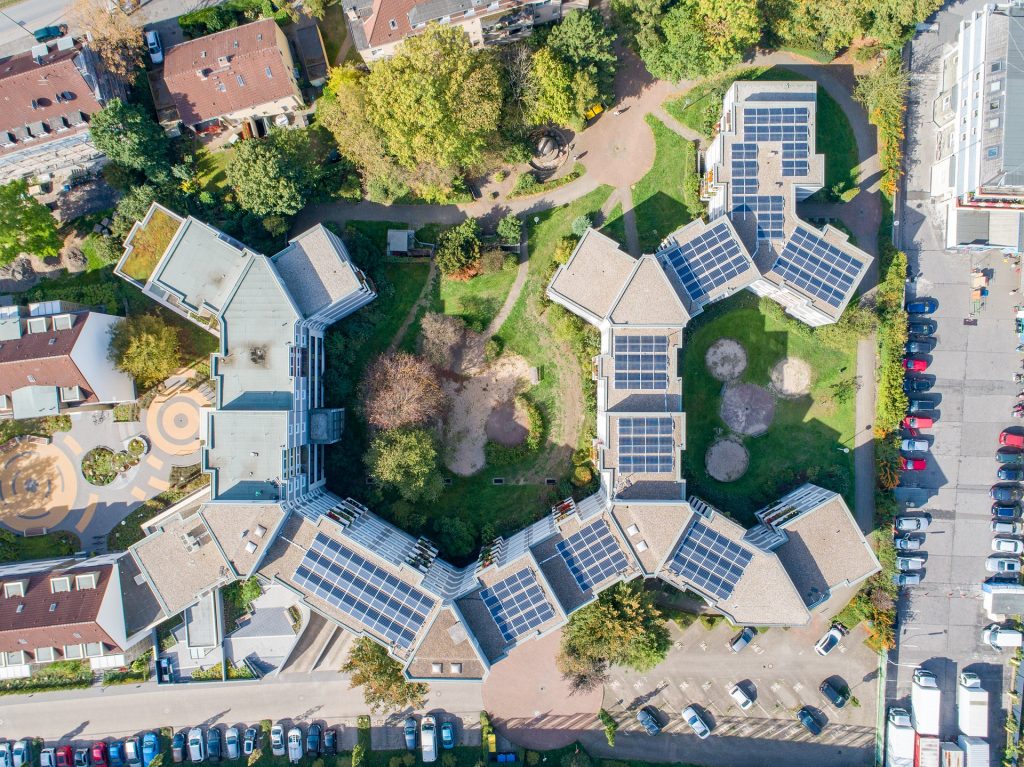
The new EU and national legislation gives the possibility to all citizens, PA and businesses to collectively exercise the right to produce, store, consume, exchange and sell self-produced energy, with the aim of providing environmental, economic and social benefits. to their community. Renewable energy communities and collective self-consumption can help mitigate energy poverty by reducing energy expenditure, thus protecting even the most vulnerable consumers.
A CER is a “non-profit” legal entity to which individuals, companies, public administrations can voluntarily join with the aim of locally producing, consuming and managing electricity from renewable sources
WITH TERNIENERGIA PROGETTI YOU CAN CREATE ENERGY COMMUNITIES TO PRODUCE AND CONSUME ENERGY AT ZERO KM
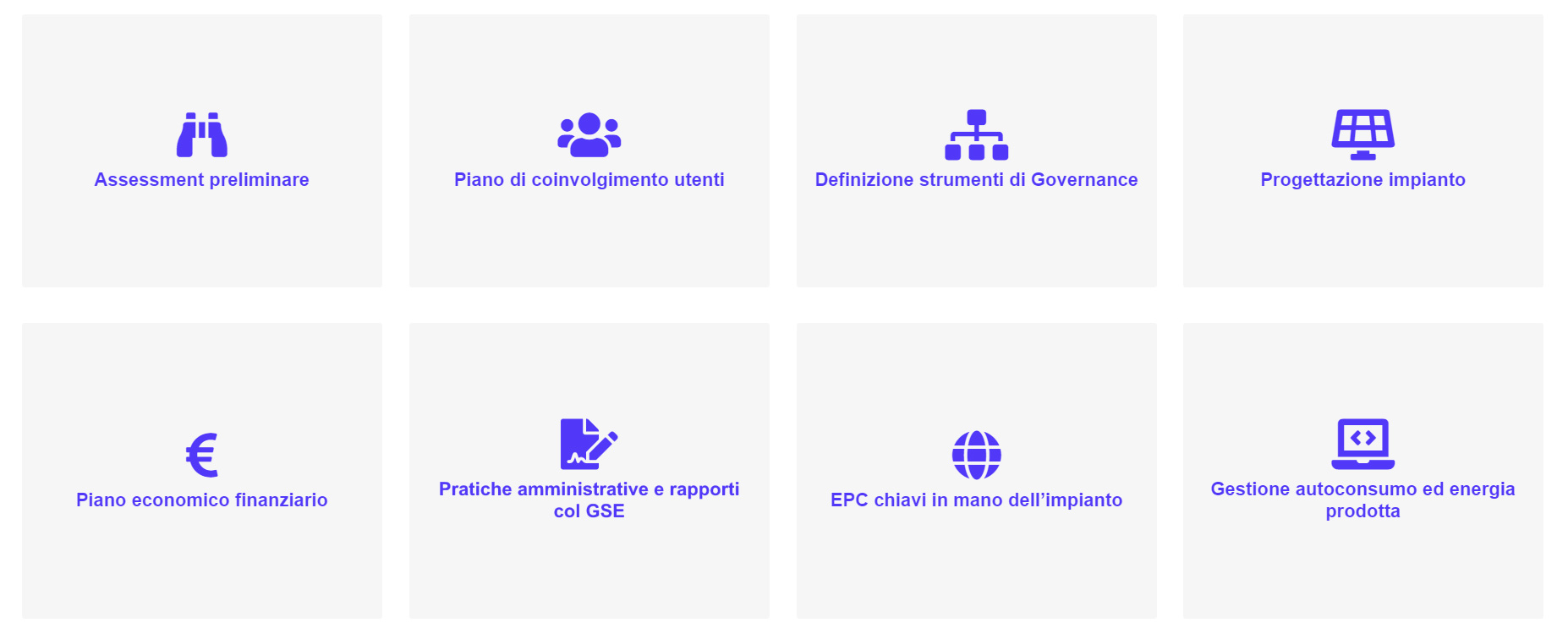
ER-LIBRA CE IS BORN FROM THE COMPETENCE OF TERNIENERGIA PROJECTS IN RENEWABLES AND DIGITAL MANAGEMENT SOLUTIONS
The solution for the management of Energy Communities and Self-Consumption Groups, able to offer benefits to participants and to the electricity system with the optimized management of energy flows.
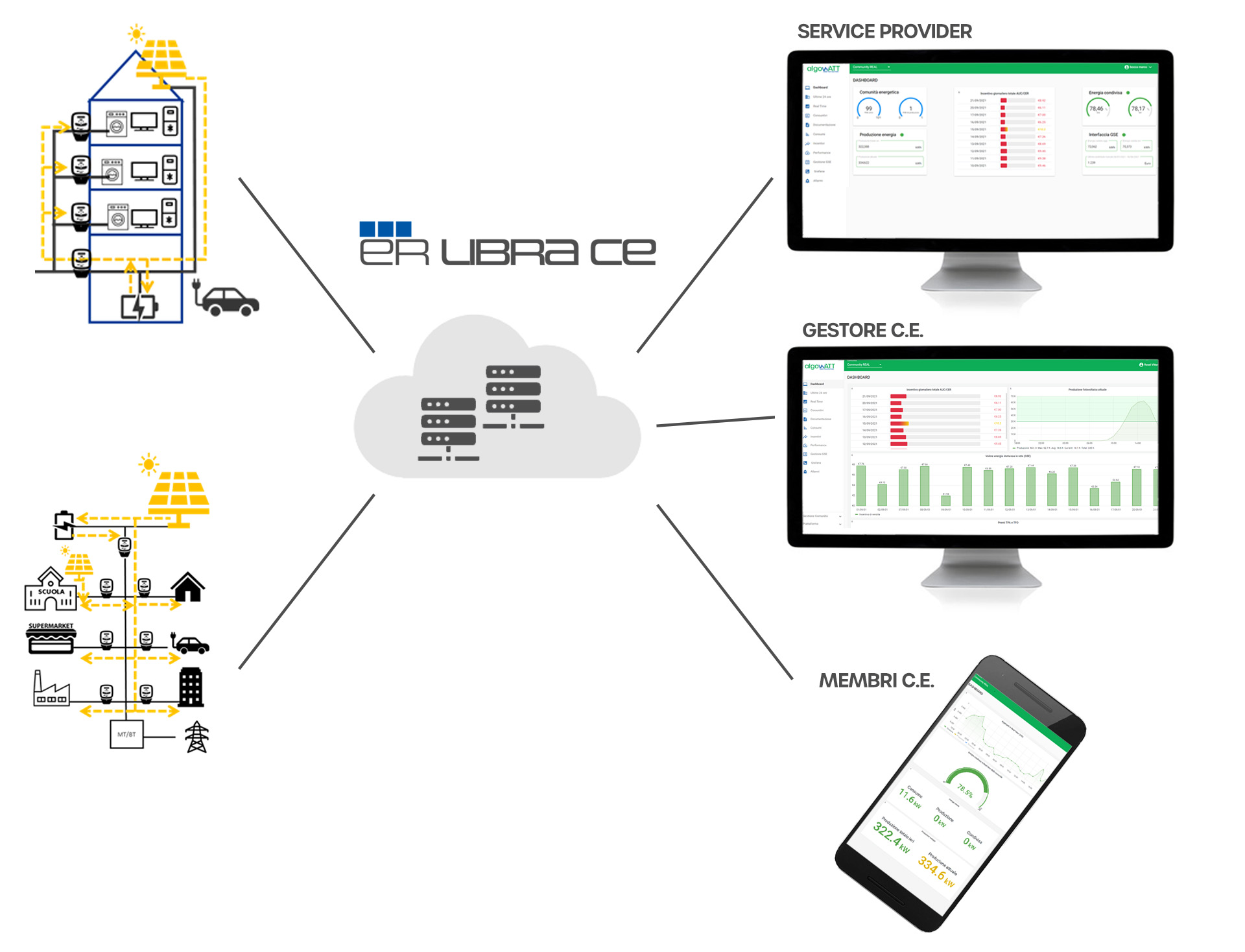
ON-SITE ENERGY SAVING AND DIGITIZATION
TERNIENERGIA PROGETTI offers solutions to monitor energy consumption, optimization and energy efficiency of commercial and industrial users.
- ENERGY MANAGEMENT SYSTEM (SGE) in the industrial sector for an integrated and structured view of the collected data that allows a complete analysis with a view to reducing consumption.
- SOLUTIONS FOR AUTOMATION, ENERGY MONITORING AND ASSET MANAGEMENT OF BUILDINGS (BEMS), in the tertiary sector, Real Estate and PA, in particular the control and management platforms of the data coming from the sensors / equipment of a building.
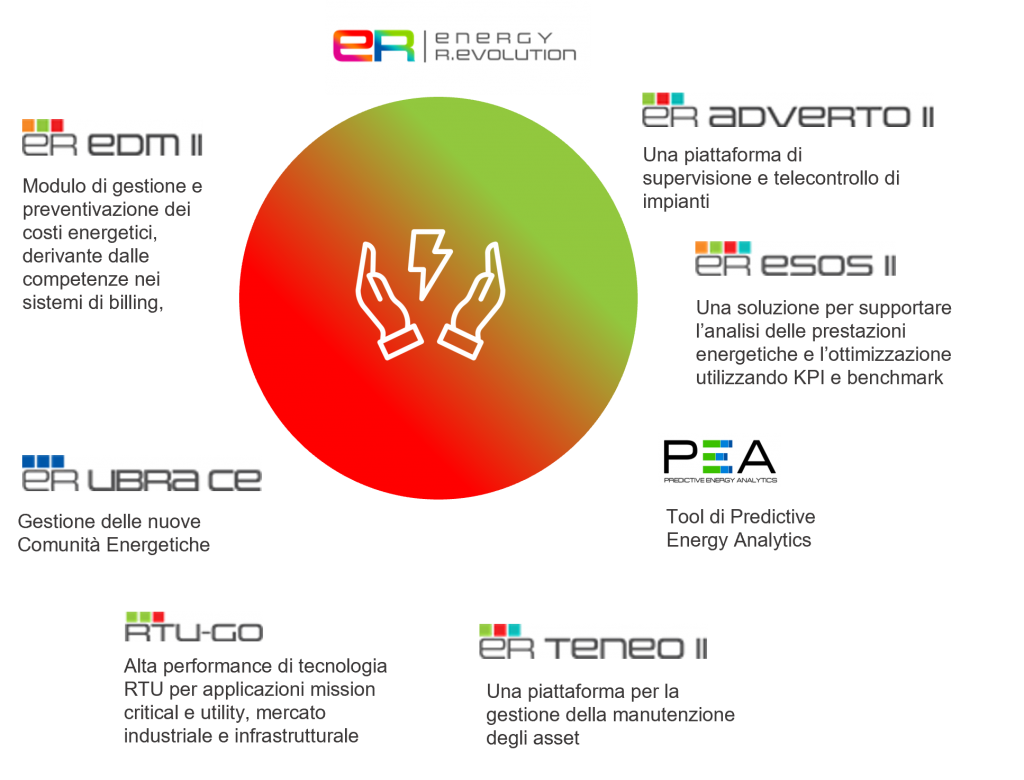
TERNIENERGIA PROGETTI provides a single control interface for all building systems with ER-IEMS and ER-BEMS solutions

- Plant management
- Monitoring and control of HVAC systems
- Monitoring and control of electrical and mechanical systems
- Energy management (including industrial process)
- Lighting (“relamping”)
- Security
- Workspace management
- Integration with users and occupants

